
Sea, land and air forces have been deployed to reinforce Nato battlegroups in eastern Europe in response to Russia’s invasion of Ukraine.
Since 2014, the Nato Response Force (NRF), which is designed to provide a rapid military response in a crisis, has grown from 13,000 to 40,000 troops.
Following Vladimir Putin’s invasion of Russia’s neighbour, Nato activated elements of the NRF for the first time in a “deterrence and defence” role.
Thousands of additional troops, armoured vehicles, artillery units, ships and aircraft, have been placed at high readiness.
Across the entire alliance, Nato can count on nearly 3.5 million troops and other personnel, but it is targeted deployments in eastern Europe, both through the NRF and elsewhere, which are being used to ease fears along the military bloc’s border with Russia.
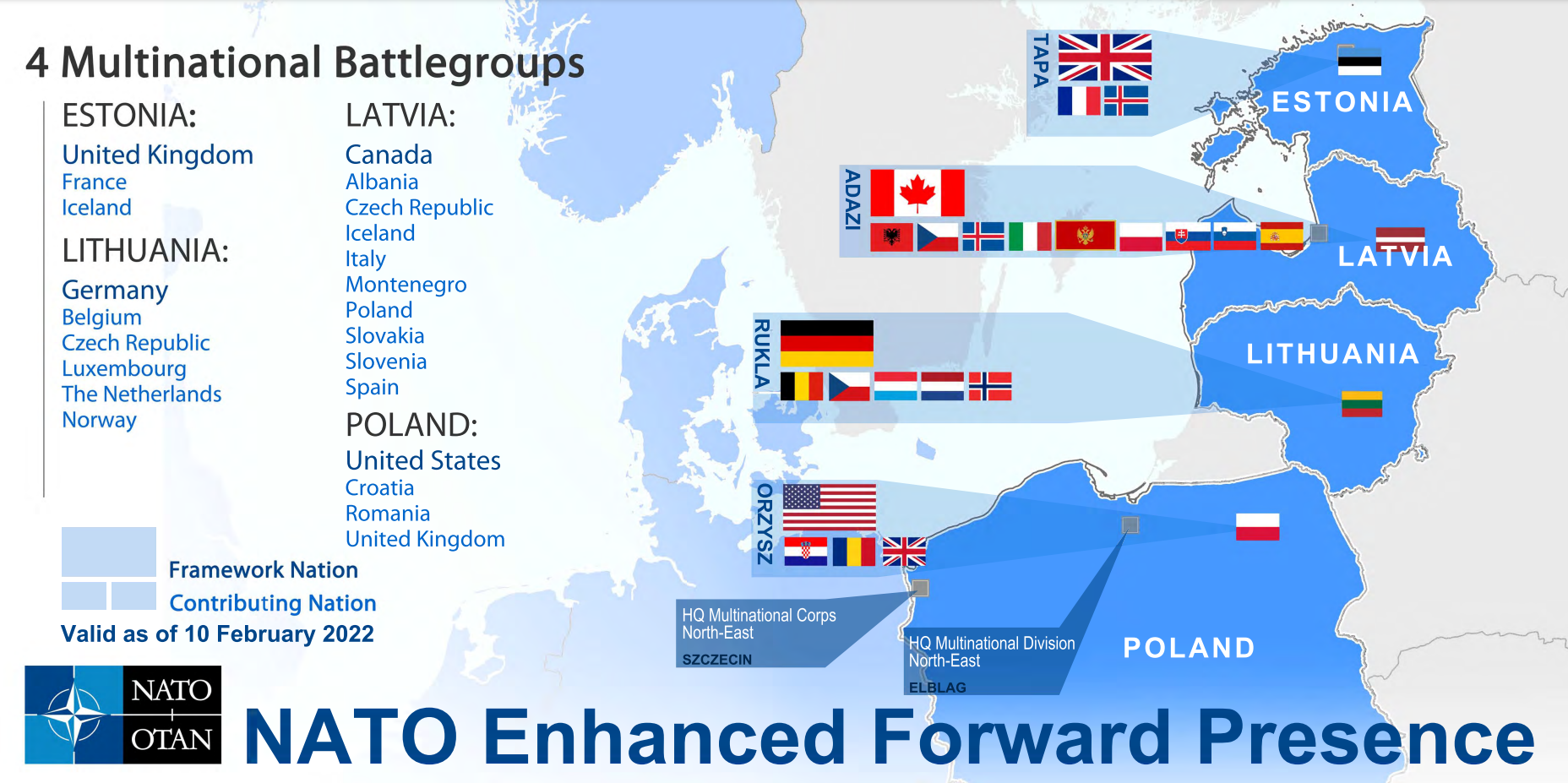
Moscow’s invasion of Ukraine has also spooked historically neutral countries like Sweden and Finland, which are now seeing a surge in support for joining Nato, but where are troops currently based?
Estonia
The UK leads the Nato battlegroup operating with Estonian forces in Tapa, Estonia, as part of the alliance’s enhanced forward presence.
As of March last year, the UK had 828 troops in the country, plus an armoured infantry battalion with main battle tanks and armoured fighting vehicles, self-propelled artillery, air defence equipment and engineers and an intelligence, surveillance and reconnaissance group.
France also had 337 troops, a tank squadron with main battle tanks and armoured fighting vehicles in the country.
The UK’s deployments have now increased in the wake of Russia’s invasion.
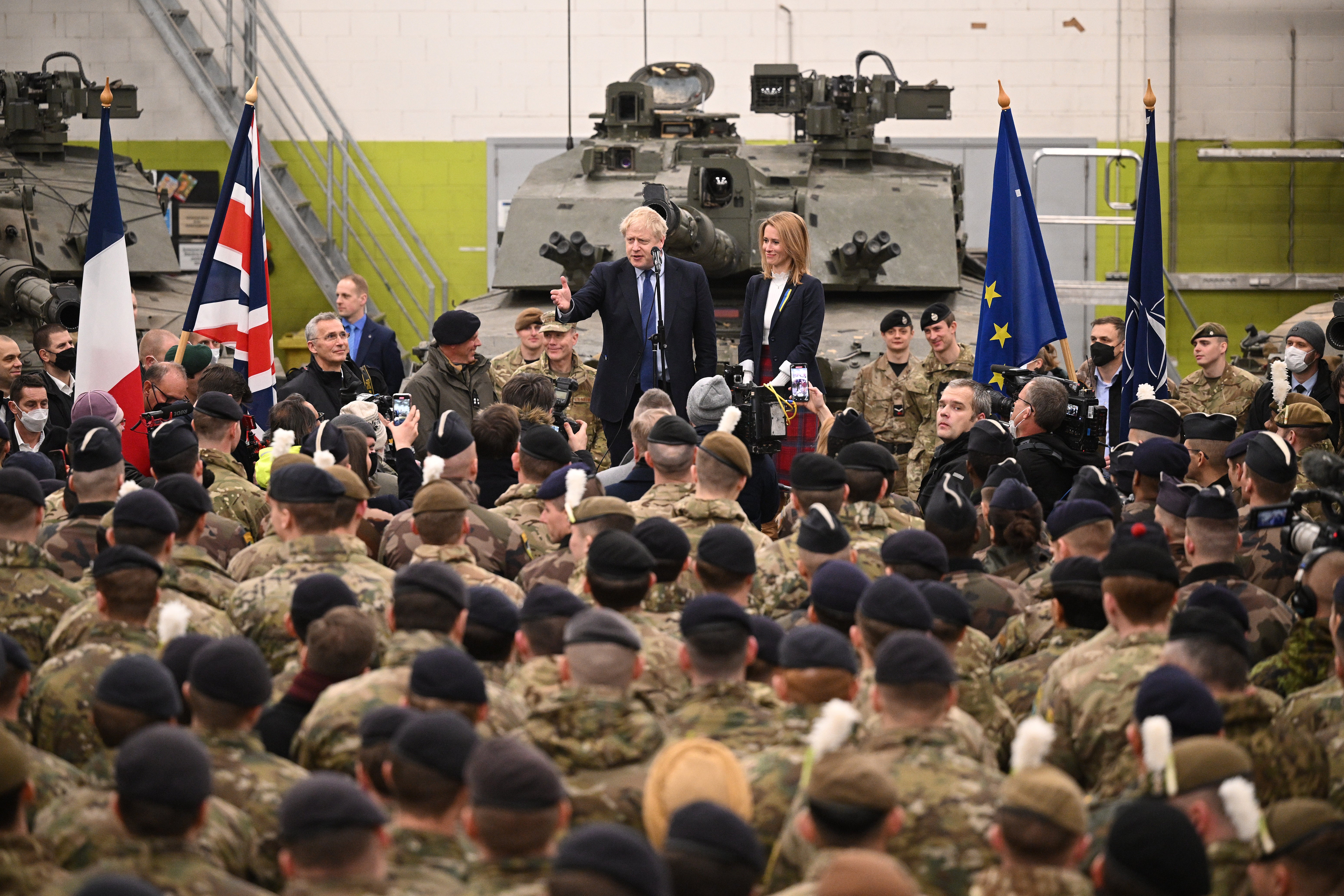
A week before Vladimir Putin’s forces invaded neighbouring Ukraine, the Ministry of Defence announced the UK would be doubling the number of personnel in Estonia, and sending additional equipment, including tanks and armoured fighting vehicles.
Challenger 2 tanks and armoured vehicles of the Royal Welsh battlegroup have now arrived in Estonia, with further equipment and troops on their way.
The MoD declined to give exact numbers of troops based in the region when contacted by The Independent.
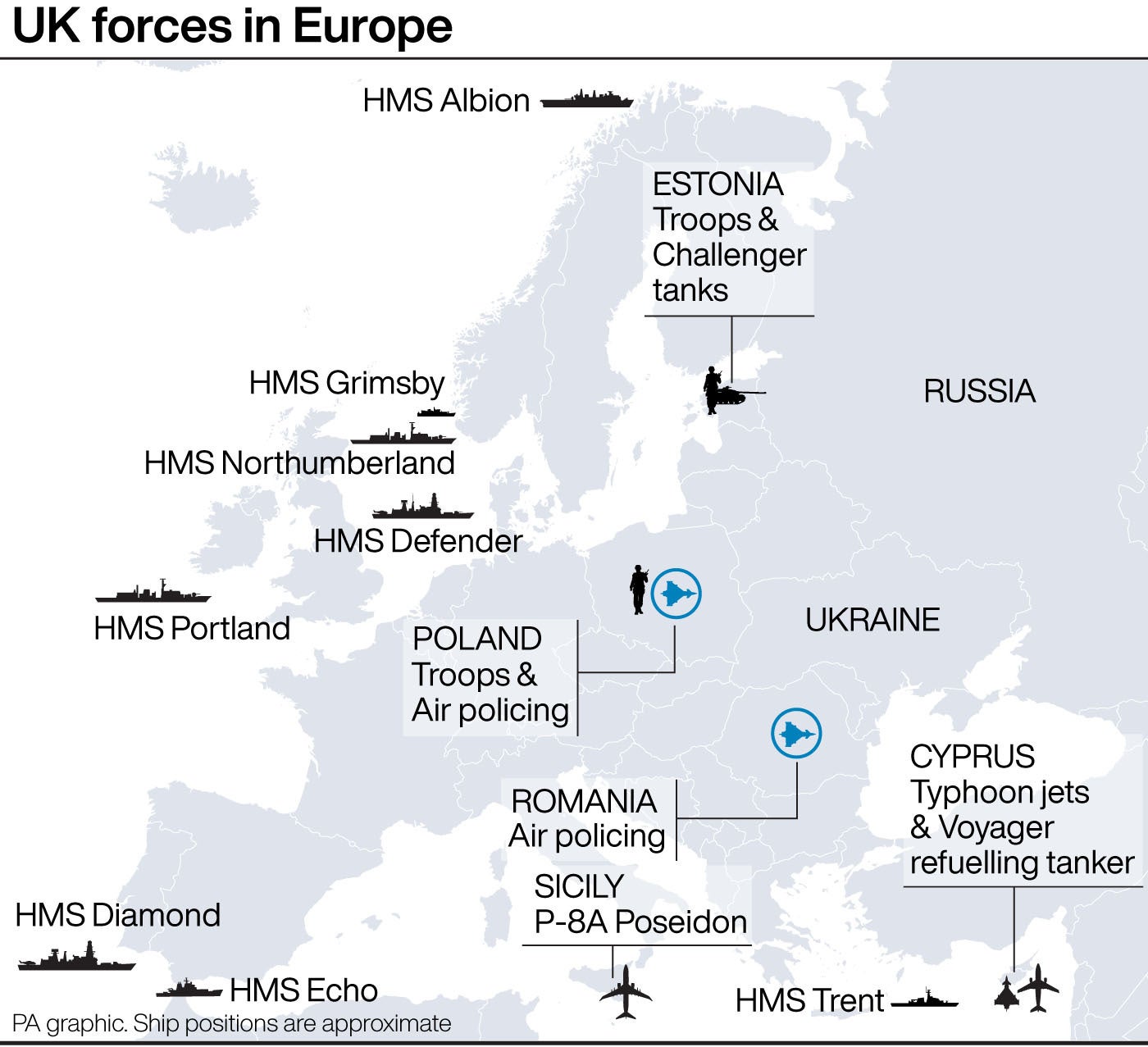
Latvia
Nato’s battlegroup presence in Latvia is led by Canada. This comprises roughly 1,500 Nato troops, with 540 Canadians, under the Operation Reassurance banner.
Canada’s contribution includes a mechanised infantry company with armoured fighting vehicles.
Hundreds of soldiers from Spain, Italy, Czech Republic, Slovakia, Slovenia, Albania, Montenegro and Poland also form part of the battlegroup.
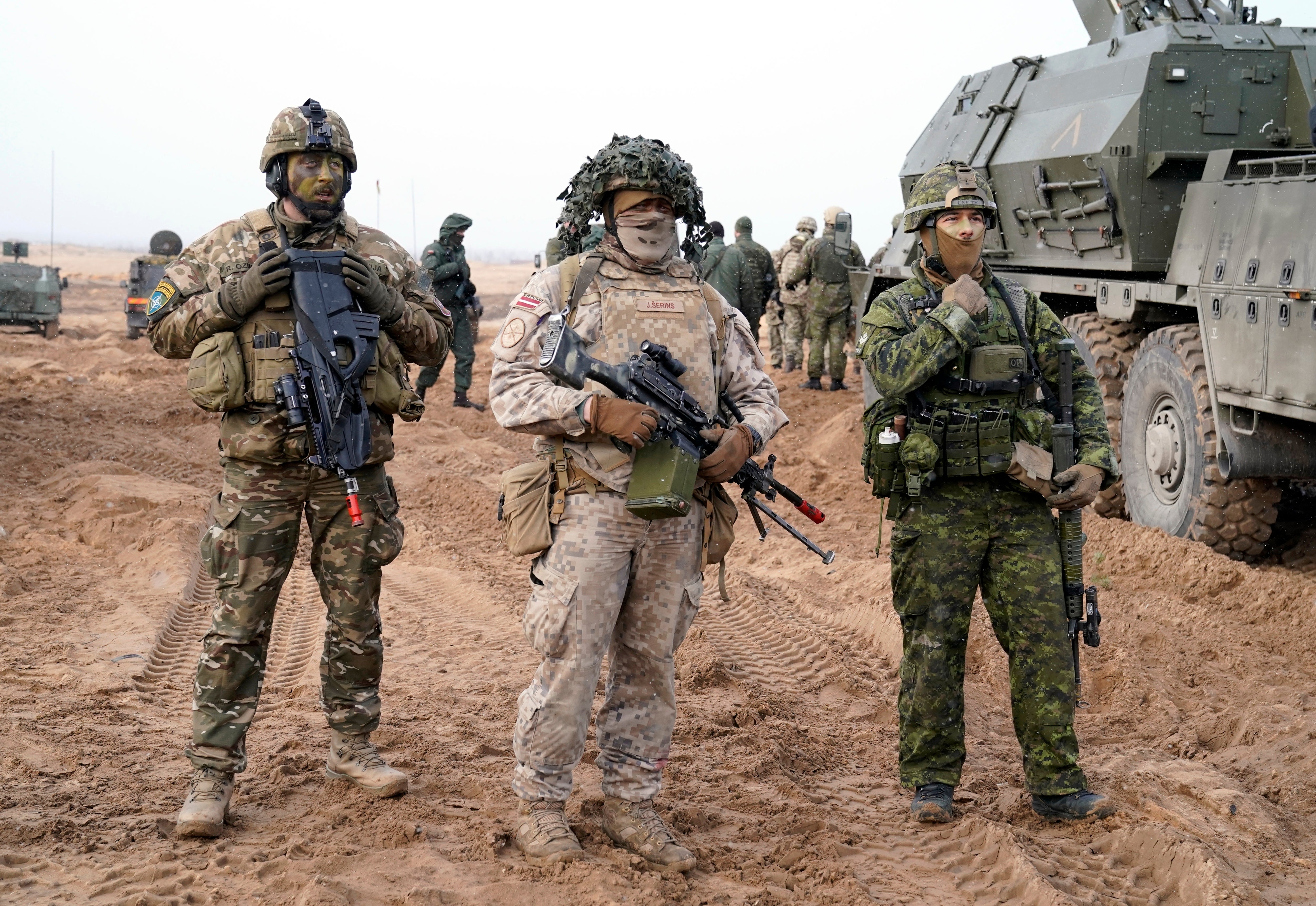
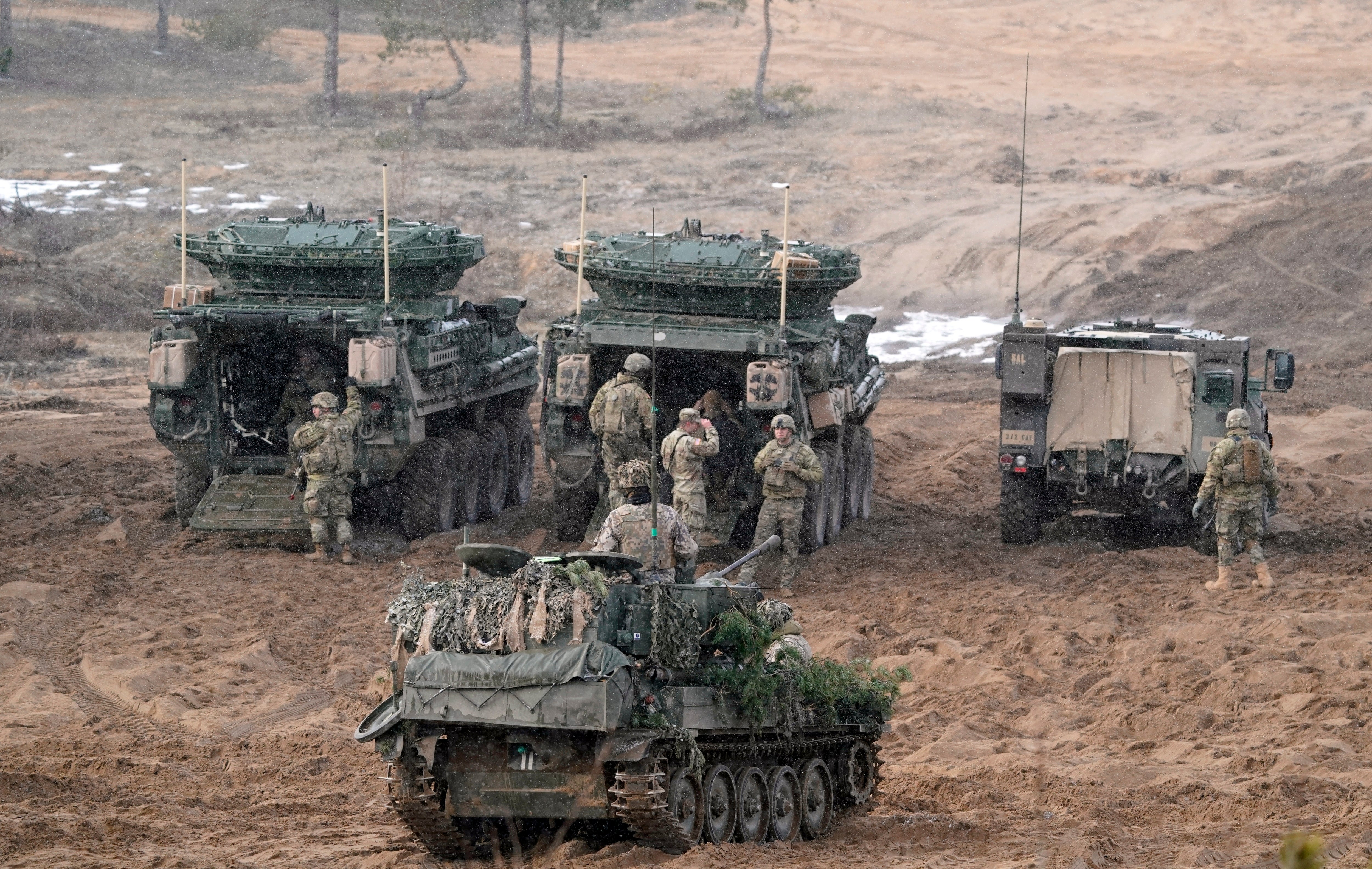
Lithuania
A Nato battlegroup led by Germany leads the alliance’s enhanced forward presence in Lithuania.
Prior to Russia’s invasion, there were around 1,300 troops stationed in Rukla comprising German, Dutch, Belgian, Norwegian and Czech forces.
Germany and The Netherlands are increasing their troop deployment, Lithuania’s defence minister has said, taking the total number of Nato troops in the country to 4,000 by the end of March.
Poland
The US-led Polish battlegroup numbered just over 1,000 last year but America’s presence in the region has increased significantly following the war in Ukraine.
Joe Biden, the US president, has deployed 4,700 additional US troops to Poland to bolster the defence of Nato’s eastern flank and thousands more to Germany.
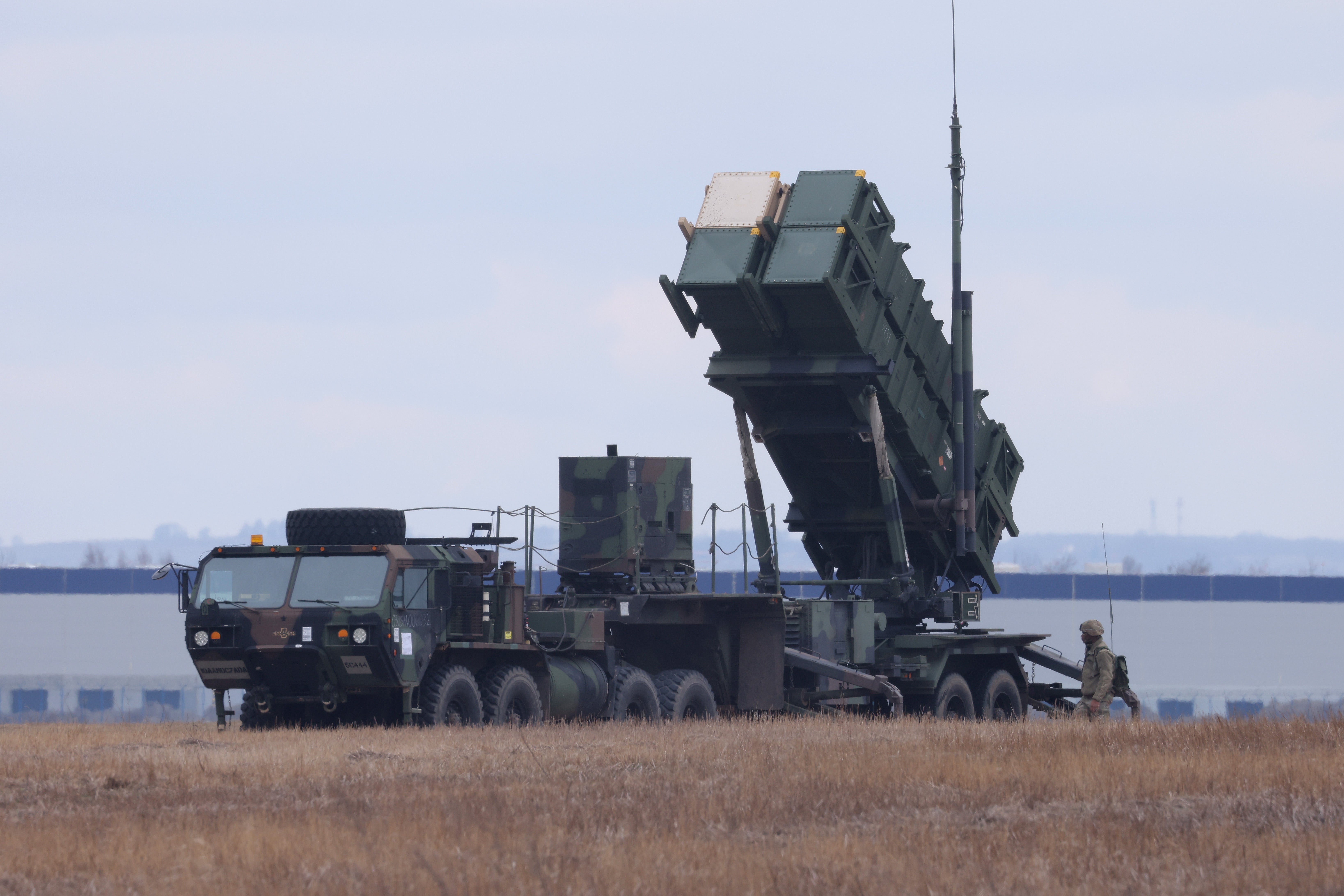
Romania
Nato has a multinational land force of up to 4,000 troops in Romania.
Last week an additional 500 French troops were deployed to Romania.
Nato Secretary General Jens Stoltenberg welcomed the deployment: “Over the last weeks, we have increased our presence in the eastern part of the Alliance and now, we are for the first time in our history deploying the Nato Response Force.
“French troops have arrived in Romania as the lead element of this force. Our commitment to Article 5, our collective defence clause, is iron-clad. We will protect and defend every inch of Nato territory.”
Bulgaria
Bulgaria has a limited Nato presence, with around 150 US troops having arrived last month, but with the military formation and exercises led by Bulgarian forces.
The country will host 1,000 troops for training at a time, with around three-quarters of those taken from the national army, limiting the foreign military presence to 200-300 soldiers.
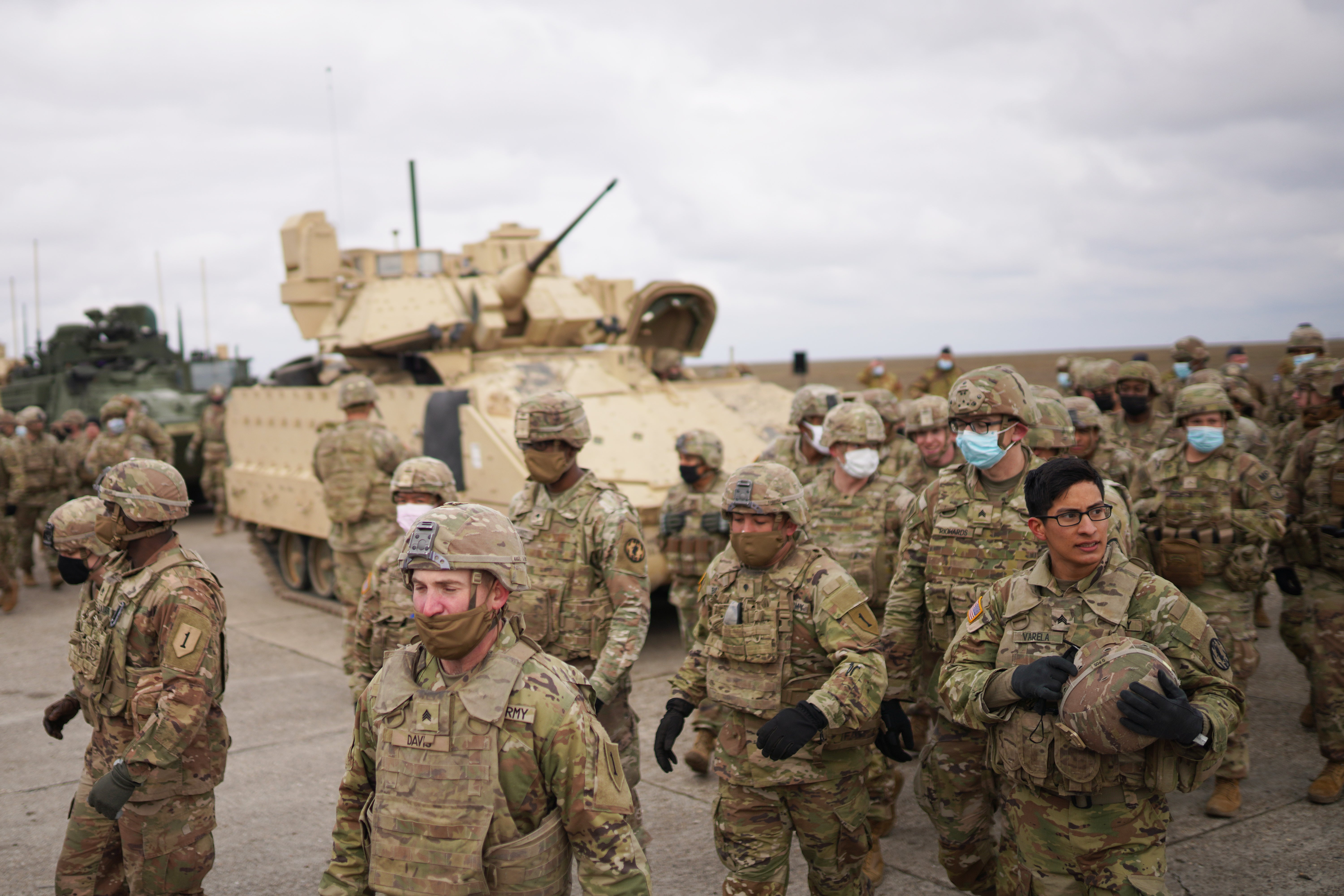
Hungary
On Monday, Hungary’s Prime Minister Viktor Orban signed a decree allowing Nato troops to be deployed in the west of the country, and weapons shipments to cross its territory to other Nato members.
Rest of Europe
The US has tens of thousands of soldiers stationed across Europe, including in Germany, the UK, Italy and Spain.
France, which is leading the Very High Readiness Joint Task Force, Nato’s highest-readiness military grouping, has around 5,000 soldiers stationed in eastern and western Europe.
Mediterranean
HMS Trent is in the eastern Mediterranean, conducting Nato exercises with Merlin Helicopters and RAF P8 Poseidon Maritime Patrol Aircraft.
HMS Diamond, a Type 45 destroyer, is due to join them in the coming days.
RAF Typhoon fighter jets are also conducting air policing missions across the region from their base at RAF Akrotiri in Cyprus. The aircraft are patrolling airspace over Romania and Poland with Nato allies, alongside Voyager air-to-air refuelling aircraft.







